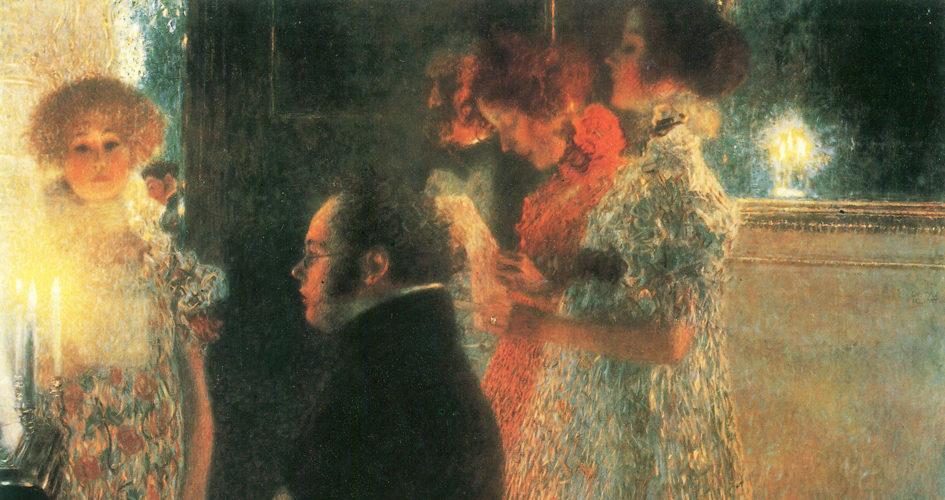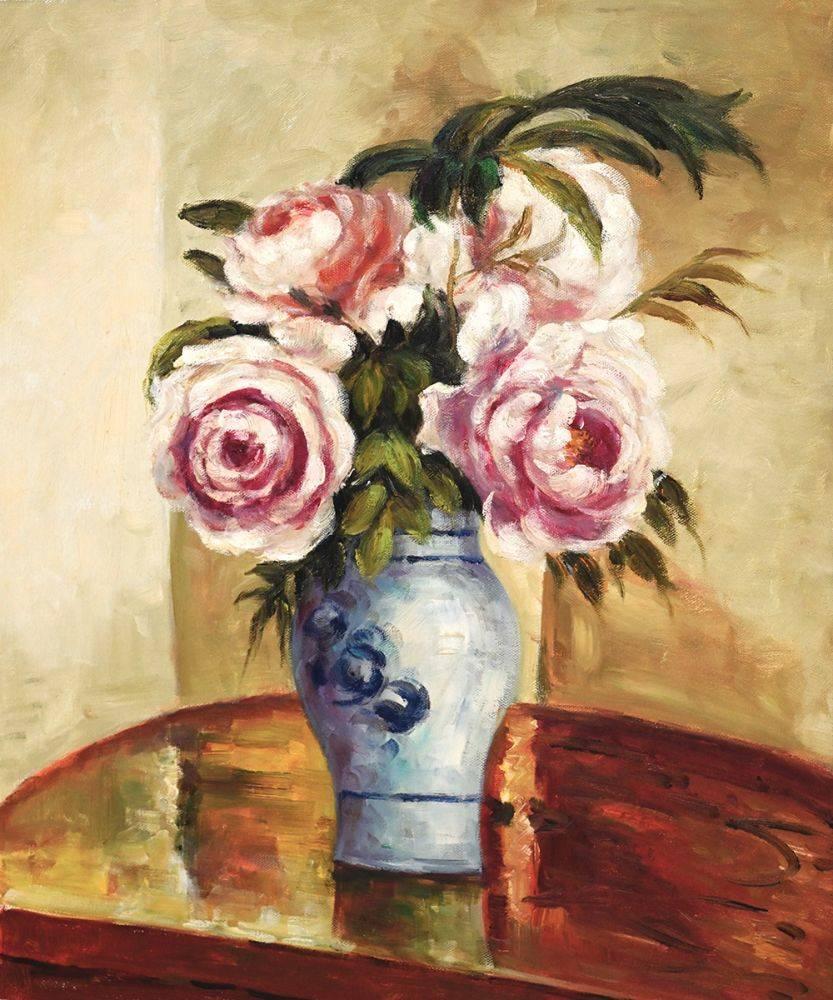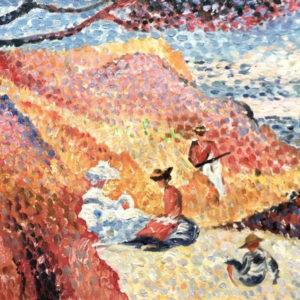Art & Decor Trends
Art History
Art Reflections
Art Notes: Basics of Symbolism
Symbolism is a beautiful art movement that took place from about 1880 to 1900. It originated in poetry and literature, but then grew to including art and music. It gave us some of the most recognizable pieces in art history, by some of the most beloved masters. For those who are not familiar with the Symbolist movement, we here at Overstockart want to give you a crash course in the basics. We want you to love this art as much as we do.
This art movement was created as a reaction against realism and naturalism. They wanted to move away from the gritty objective style of those types of paintings and create something more dreamlike. It is closer to the Romanticism style of art and is closely associated with mythology as a subject. Its goal was to portray deeper meaning in the images created, to spark the viewer’s imagination. It uses the subjects of the painting to suggest deeper meaning, thus the subjects become symbolic.
Symbolism followed impressionism but was vastly different. They used symbols to represent the emotion, but didn’t distort the image. They referred back to the more classic style of painting but with deeper meaning. They conveyed large scale topics, like love, death, betrayal , and sin. Impressionism is considered an emotional form of expression, while symbolism is more intellectual expression.
Here are some of the masters of the Symbolist art movement and paintings that they are famous for:
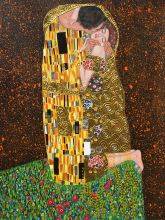 Gustav Klimt: With his unique style and sensual subjects, Gustav Klimt is one of the most notable painters of his time. This Austrian artist developed his symbolist style over the years by painting a wide variety of beautiful landscapes, intimate portraits and abstract concepts. His work continues to be celebrated as incredibly innovative and inspiring. The Kiss is considered one of the best examples of Klimt’s work, showing both his skill at using a subject to convey a deeper meaning and the use of gold foil to accentuate certain details. Many people think that the symbols and patterns he used in the golden cloak represent the powerful male, while the flowers add to the femininity of the piece.
Gustav Klimt: With his unique style and sensual subjects, Gustav Klimt is one of the most notable painters of his time. This Austrian artist developed his symbolist style over the years by painting a wide variety of beautiful landscapes, intimate portraits and abstract concepts. His work continues to be celebrated as incredibly innovative and inspiring. The Kiss is considered one of the best examples of Klimt’s work, showing both his skill at using a subject to convey a deeper meaning and the use of gold foil to accentuate certain details. Many people think that the symbols and patterns he used in the golden cloak represent the powerful male, while the flowers add to the femininity of the piece.
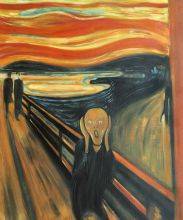 Edvard Munch: this artist’s work often took on a darker, more tortured interpretation of symbolism. Munch had a difficult childhood and that made him drawn to more tragic topics, including death, poverty and the human struggle to survive. Heavily influenced by Klimt and other painters before him, Munch used many female figures in his work, but often portrayed this in a misogynistic scene. He also often depicted social commentary in his art, such as industrialization and human disparity. One of his most famous pieces, The Scream is believed to be a representation of the anxiety and panic that people feel repeatedly in life. Not a happy thought, but it is depicted in bright vibrant colors to alleviate some of the sadness.
Edvard Munch: this artist’s work often took on a darker, more tortured interpretation of symbolism. Munch had a difficult childhood and that made him drawn to more tragic topics, including death, poverty and the human struggle to survive. Heavily influenced by Klimt and other painters before him, Munch used many female figures in his work, but often portrayed this in a misogynistic scene. He also often depicted social commentary in his art, such as industrialization and human disparity. One of his most famous pieces, The Scream is believed to be a representation of the anxiety and panic that people feel repeatedly in life. Not a happy thought, but it is depicted in bright vibrant colors to alleviate some of the sadness.
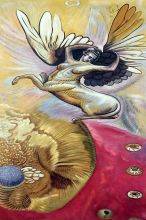 Odilon Redon: Redon is one of the most important and original of all the Symbolist artists. His wide body of work brings to life the world of dreams, fantasy, and the imagination. He often he found inspiration in works of literature, including Edgar Allen Poe and Gustav Flaubert. Although his earlier work focused on black and white macabre images, it is his later work that found a wide audience of admirers. Pieces like Pegasus use color to create a joyous and exquisite dream. In the use of a famous character from ancient mythology, Redon shares his own interpretation of what the myth means. He gives the audience a chance to read the symbols incorporated within the scene for themselves.
Odilon Redon: Redon is one of the most important and original of all the Symbolist artists. His wide body of work brings to life the world of dreams, fantasy, and the imagination. He often he found inspiration in works of literature, including Edgar Allen Poe and Gustav Flaubert. Although his earlier work focused on black and white macabre images, it is his later work that found a wide audience of admirers. Pieces like Pegasus use color to create a joyous and exquisite dream. In the use of a famous character from ancient mythology, Redon shares his own interpretation of what the myth means. He gives the audience a chance to read the symbols incorporated within the scene for themselves.
We hope that this has given you an idea about what Symbolism is and how it can be incorporated into your own artist décor. We feel that there is something for every style in this art movement, but we invite you to browse our gallery to see for yourself. Experiment with different artists, sizes and frames until you find the perfect piece for your space.
